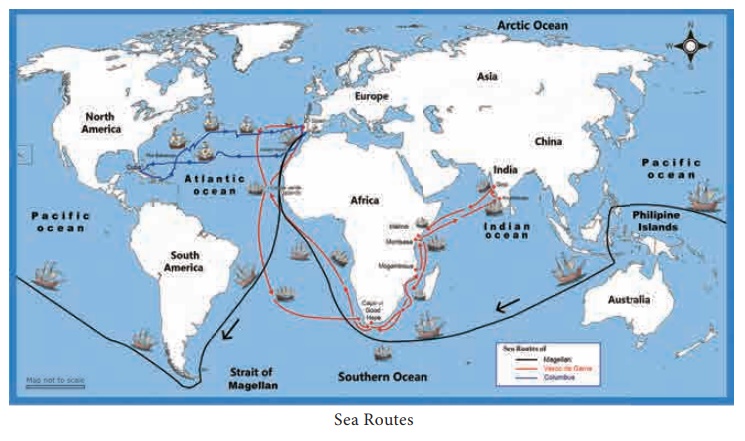Learn what wind is, how is the wind formed, how it is measured, and what are the most famous winds we know in the world.
When discussing weather, the primary concern for many is whether it’s hot, cold, wet, or dry. However, I argue that understanding the wind’s behavior is far more essential, given its potential for significant impact, ranging from hazardous gusts to life-threatening wind chills.
How is the wind formed?
Put simply, wind denotes the motion of air, propelled by variances in pressure originating from temperature disparities. Essentially, it all commences with the sun. When solar rays warm the Earth’s surface, the atmosphere undergoes a similar heating process. However, due to geographical features like hills and oceans, this warming is uneven, compounded by the poles receiving less solar energy than the equator.
This divergence in solar energy absorption, coupled with the Earth’s rotation, delineates the global atmospheric circulation and dominant surface winds. Warm air ascends from the equator, travels poleward, descends, and then moves equatorward, replacing the air at the equator.
On a smaller scale, irregular solar heating spawns high and low-pressure regions. As air warms, it expands and rises, creating a low-pressure zone. Surrounding air rushes in from areas of higher pressure to rectify the discrepancy, generating wind. The greater the pressure disparity, the swifter the air’s movement.
What is the equator: importance of this imaginary line?
The Earth’s rotation results in the deflection of air, veering it to the right (in the northern hemisphere), rather than moving directly from high to low pressure—a phenomenon known as the Coriolis effect. This effect engenders prevailing westerly and southwesterly winds in the British Isles.

Wind direction
Wind is consistently identified by the direction it originates from. Utilizing the concept of air masses, we can anticipate the prevailing weather conditions based on the wind’s direction.
Measuring the wind
Wind speed is measured using an anemometer in an open area, as trees, hedges, and buildings can affect both speed and direction. It’s worth noting that the wind speed you hear in weather forecasts is always measured at a height of 10 meters above the ground. This does not always reflect the wind speed felt closer to the ground, which can be half as high.
Devices for measuring wind speed and direction
We’ve covered what wind is, but how do we gauge it? Alongside the anemometer, a wind vane is affixed atop the 10-meter mast to ascertain wind direction. During severe weather, specialized sonic anemometers equipped with heating elements and devoid of moving parts are employed.
Around 1806, British naval commander Sir Francis Beaufort devised the Beaufort scale, which remains in use today for delineating wind intensity. This empirical scale correlates wind speed with observed conditions at sea or on land. Prior to its development, there was no standardized scale, leading to subjective weather assessments.
It’s important to note that wind speeds represent average velocities, typically averaged over a 10-minute span, and do not encompass wind gusts. The scale’s characteristics provide descriptions of anticipated observations on land or at sea.
Famous winds
You’ve probably heard of sea breezes, but there are many other special winds, including mountain and valley breezes, catabatic winds, and anabatic winds. Many of the local winds also have their own names, from the snow-eating Chinook to the warm Fiona.
Among the most famous winds in the world is the Mistral, which is an important force in southern France, especially in the Provence region. This strong, cold wind blows from the northwest, often reaching speeds of up to 90 kilometers per hour. Known for its cleansing effect on the atmosphere and its impact on local agriculture, the Mistral can last for several days, affecting everything from vineyards to daily life.
In the United States, the “Santa Ana Winds” are legendary, especially in Southern California. These hot, dry winds originate from high precipitation over the Great Basin and blow toward the Pacific Ocean. They bring warm temperatures, but also pose a significant risk of wildfires due to their dryness and ability to ignite flames, impacting ecosystems and communities.
Australia experiences the “Fremantle Drift,” a cooling sea breeze that circles the city of Perth during the summer months. This breeze provides relief from the heat, making it a favorite element of the local climate and an important part of outdoor recreation and entertainment.
Each of these winds has its own unique characteristics and cultural significance, shaping landscapes, influencing weather patterns, and impacting the lives of people around the world.


